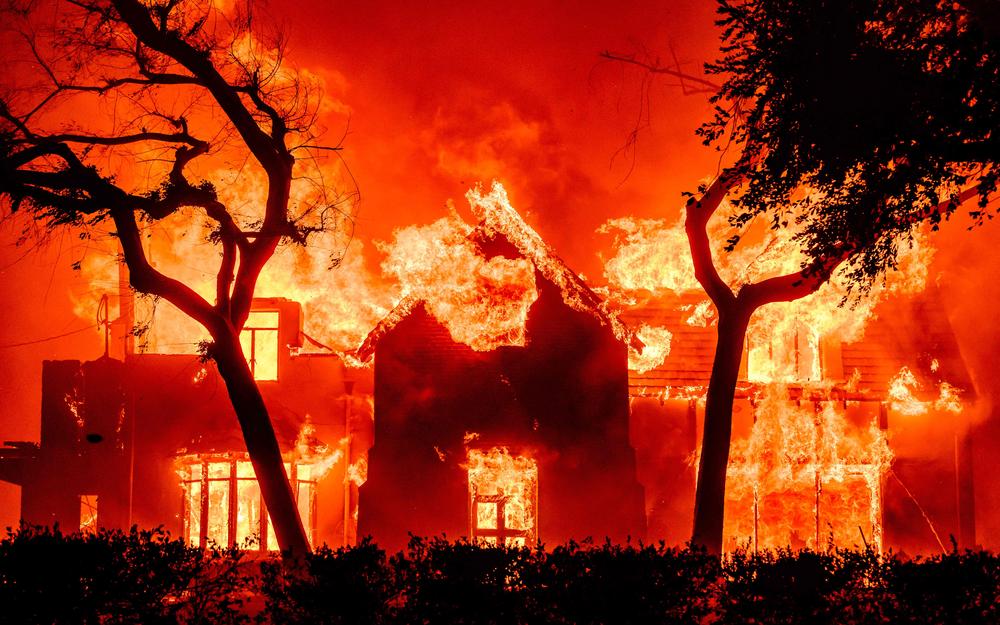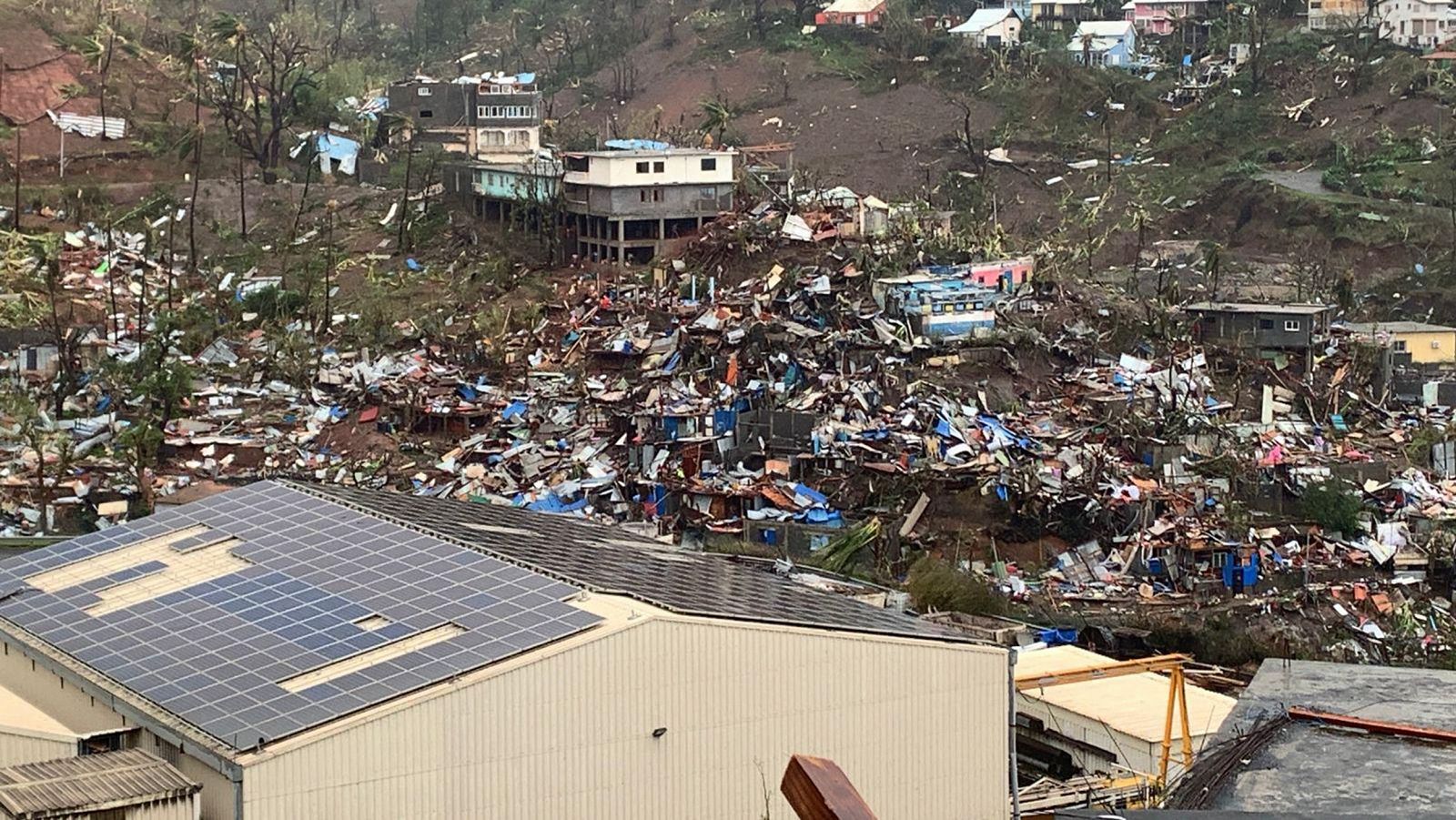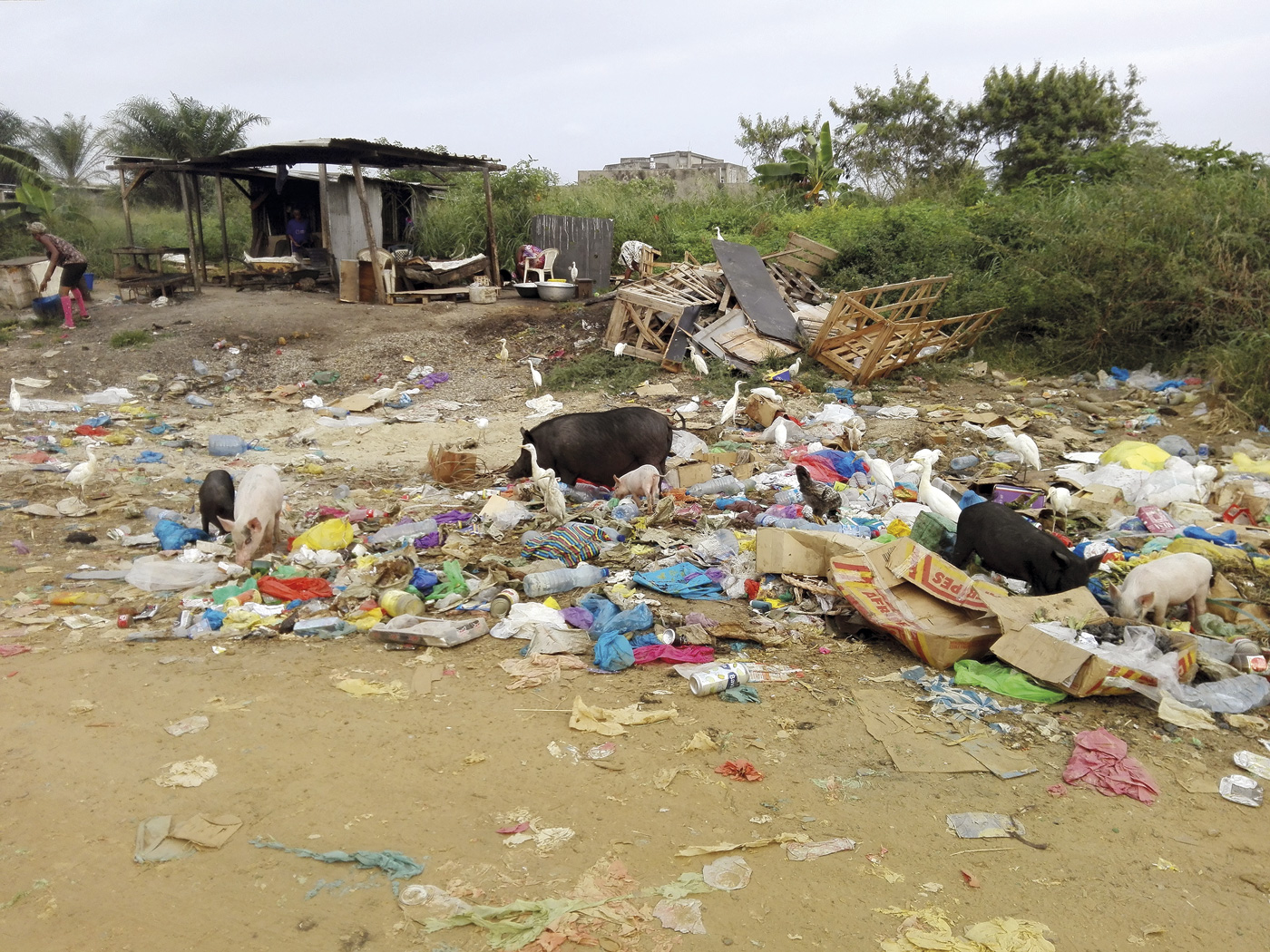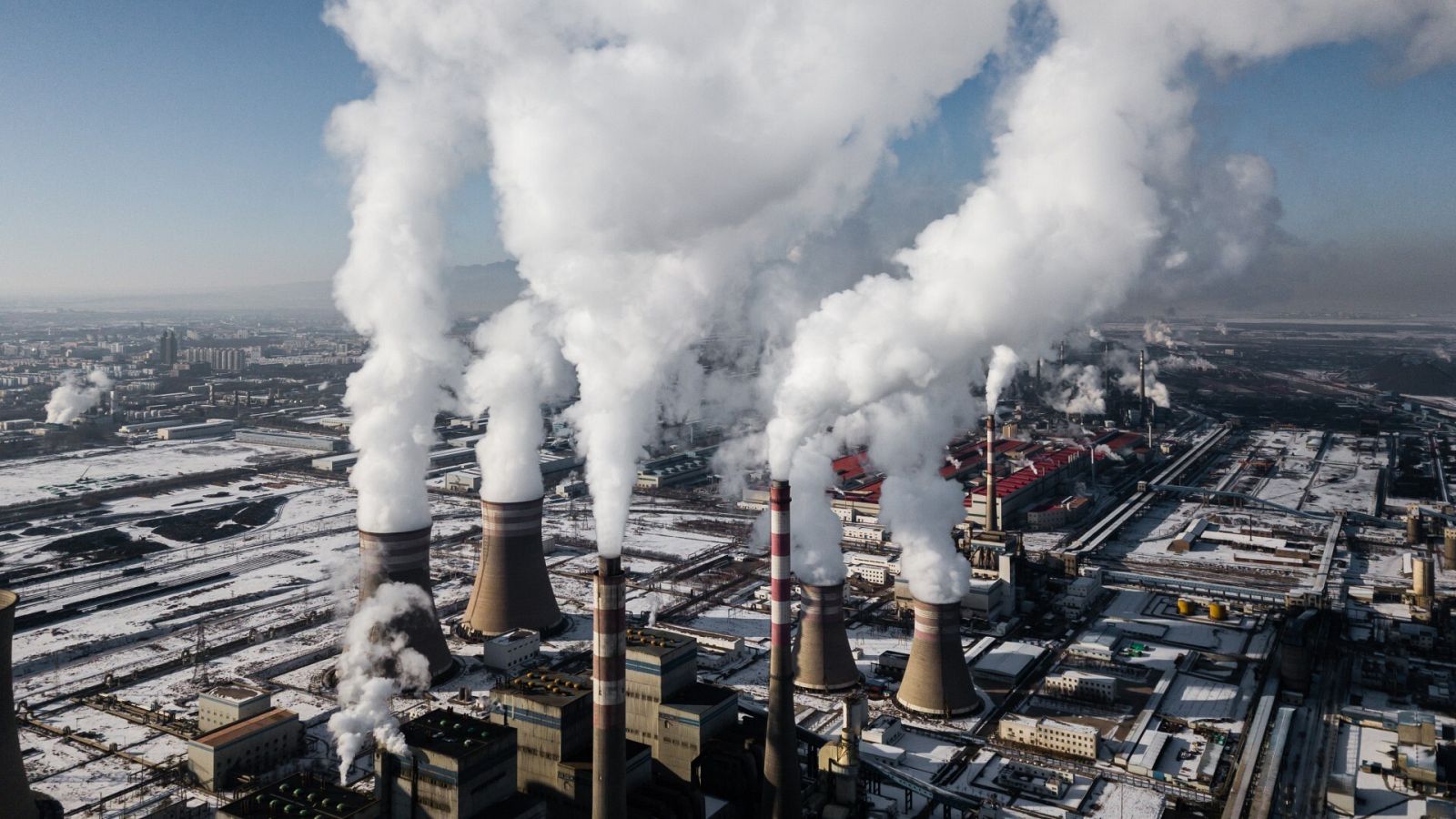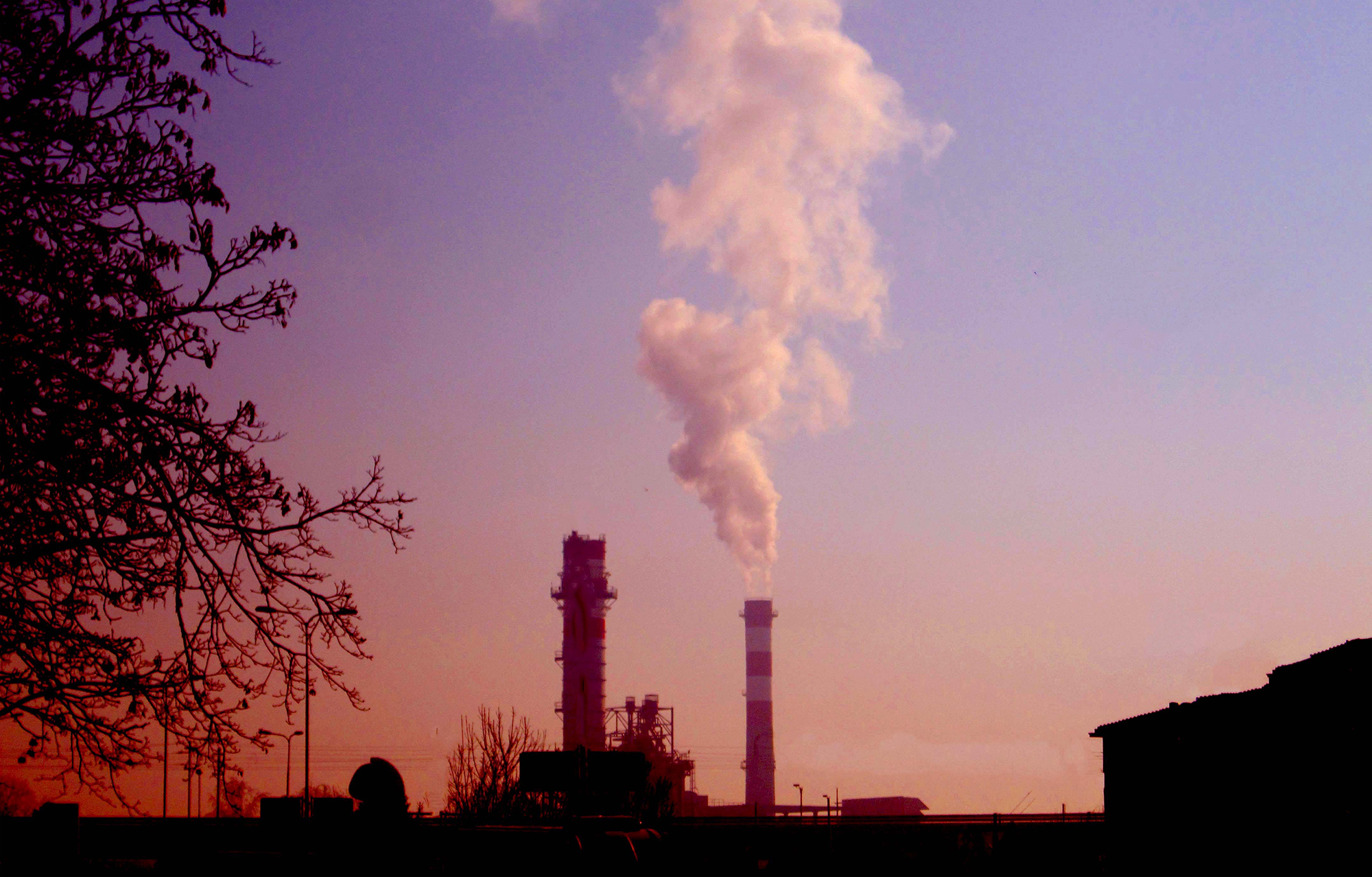Geoengineering: irreversible risks to offset the effects of climate change
- Some science fiction projects that we had recently can become more and more real. In the last decade, techniques for altering the physical and chemical characteristics of the atmosphere are also considered solutions in the latest reports of the Intergovernmental Panel on Climate Change (IPCC), either by releasing more carbon from the air into the biosphere or by reflecting some of the solar rays into space. Although the goal of these techniques is for the world to continue to live, there are still many knowledge gaps and the collateral damage to the modification of a complex system such as climate can last forever.
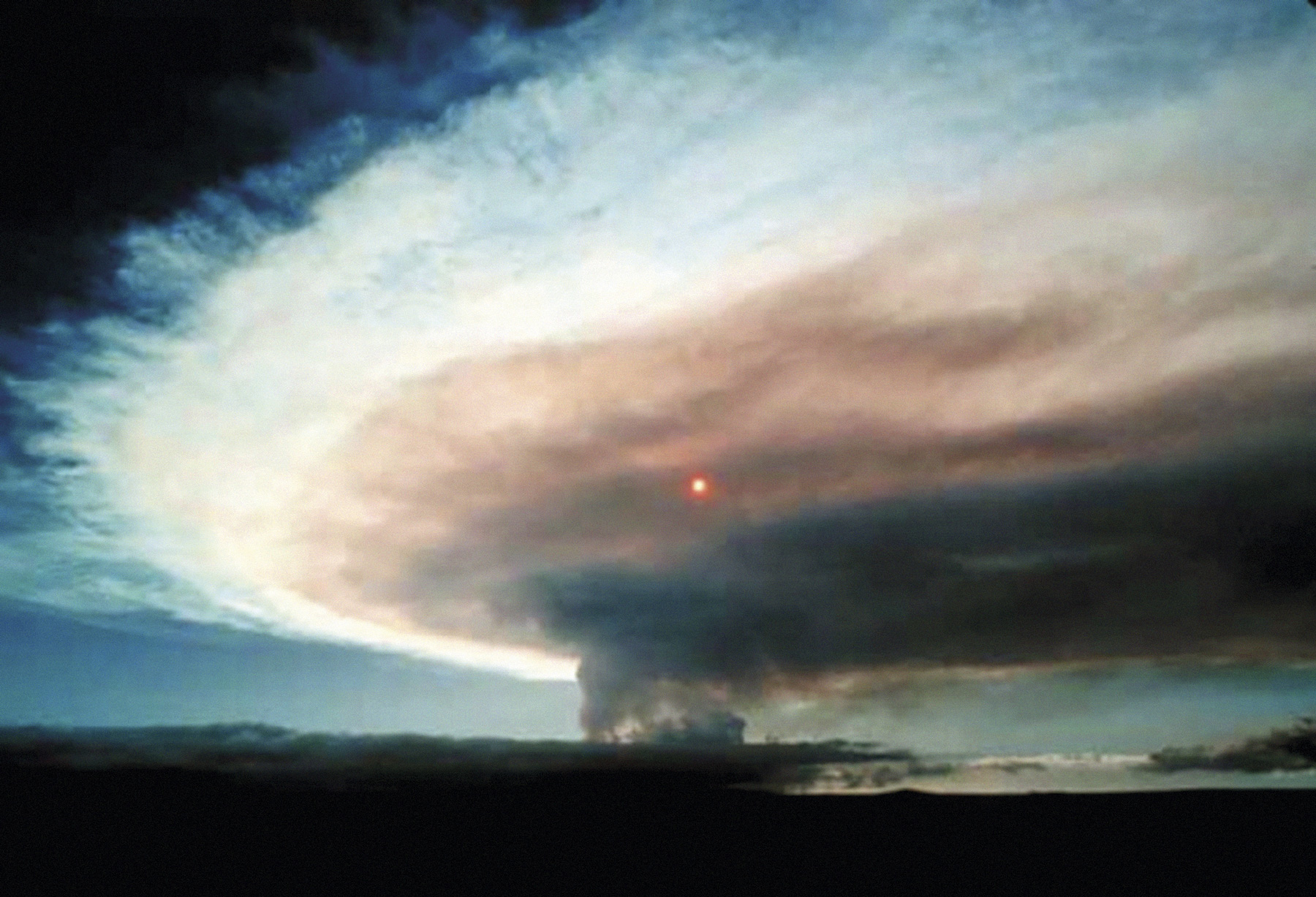
When referring to geoengineering to reduce the greenhouse effect, there are two main concepts: the elimination of the remaining CO2 content from the atmosphere through its absorption into the biosphere (oceans or lands) or its accumulation in underground rocks. The macerate, which part of the solar rays (about 2%) is reflected in space, dispersing the sulfur dioxide SO2 in the stratosphere at 20 km high. This second idea emerged after the eruption of the Pinatubo volcano in the Philippines: In 1991 the volcano emitted 17 megatons into the atmosphere of SO2, resulting in atmospheric cooling of 0.5 degrees over the next two years. If this feature is to be used to mitigate the greenhouse effect by dispersing SO2 in the stratosphere by plane, most models estimate that the annual and global budget could reach $8 billion. However, once this spread has begun, it cannot be paralyzed, as atmospheric BAV would cause sudden and unsustainable warming for human activities due to the accumulation of greenhouse gases.
Carbon absorption would not involve the addition of a gas into the atmosphere, but the elimination and accumulation of CO2, which is physically – absorbed directly from the air – or biologically – for example, "fertilising" the oceans with iron powder. The use of iron powder aims to increase phytoplankton biomass so that the biomass it would generate would accumulate longitudinally in the seabed.
It seems safer than the atmospheric dispersion of SO2. But it would be much more expensive. If CO2 is to be sufficiently absorbed, all the porters in the world today should be mobilised and the effort to exploit iron mines in colossal terms increased, according to Amy Dahan, a CNRS researcher. Carbon industrial absorption techniques are not yet ready, and those that exist, besides being expensive – in investments and in energy – are also safe.
An old idea of climate change
From the influence of logging on the rainy cycle, discussions on climate change began in the 15th century. In 1494, Christopher Columbus observed that each summer afternoon heavy rains occurred in the Caribbean islands, such as the Canary Islands or Madeira before cutting the forests. For Colón, the conditions would also be more favourable, those of western Europe, cutting the forest a lot. Colón and settlers believed that their indigenous people had not become aware of this understanding, explaining that their climate was inadequate for human activities. This idea was called a tyrant that the indigenous people did not really own those lands, and that they were weak because they did not "cultivate" the lands, that is, they cut the rainforests.
In the 18th century, in the years before the French revolution, it was said that the monarchy had not managed the forests well and that as a consequence the climate was damaged, causing famines and “degeneration” of the population. Most of the French jungles were owned by the king, and after the revolution, the peasants waited to recover the old communal jungles, but the new bourgeois power explained to them that nothing "degenerated" should be rigidly managed by the State. The common concepts of the past reflect the cultural and ideological context of this era, as reflected in our current concepts.
Long list of doubts and collateral damage
Regarding the techniques of "emancipation" of the oceans, the Canadian study Fertilisation des océans: atténuation des impacts environnementaux de la recherche scientifique ("Fertilization of the oceans: Weakening of the environmental impacts produced by scientific research") points out as adverse effects the reduction of oxygen content in surface waters, acidification of water, disruption of the production of phytoplankton communities of ozone gases, and the greenhouse effect.
These are the side-effects of SO2 in the stratosphere: unbalance the rainy cycles in the tropics; cause severe local droughts (as seen by the Pinatubo eruption); break and bleach the blue sky and damage the ozone layer. As for the heating stop, according to IPCC climatologist Alan Robock, it would work well in the tropics, but not in the high latitudes. This would decrease the temperature distance between the two and further decrease the jet-stream wind, increasing the extreme weather episodes in our latitudes.
To technical problems we can add legal and ethical problems: property and responsibility for the atmosphere are in a legal vacuum. If a millionaire as ambitious as Elon M comes up with starting tomorrow to transform the stratosphere, who could ban it? If the global production system still depends on fossil fuels, would geoengineering not frustrate the motivation to reduce GHG emissions? How can we guarantee the material capacity that would follow in the continuous transformation of the stratosphere? And most importantly, because climate is such a complex system, how do we make sure that the damage caused will not be irreparable?
Some believe that it is possible for the populations themselves to require geonengineering due to increasingly severe and deadly heat waves, as at one point it would be a death decision even if there were lateral damage. This is the case of Jean-Baptiste Fressoz, historian of techniques and environment, or Kim Stanley Robinson, writer. Another example of Fressoz’s cultivation is the deep transformation of soil ecosystems through synthetic fertilizers and industrialization in the last 70 years – according to agronomist Marcel Bouché until the disappearance of 90% of the biomass of earthworms – marginal damage accepted. Similarly, it considers that collateral damage from geoengineering would be accepted. However, here are two big differences: we would not be cultivating, but we would transform the Earth's climate system as a whole, and unlike what happens with the soil, many damage to the climate system would be irreversible.
There was no one or all. That we all suffer at least if the necessary changes are not made so that no one suffers the climate emergency. You – reader – I – Jenofá-, they – poor – and they – rich. The fires in Los Angeles did not give me satisfaction, but a sense of... [+]
The understanding and interpretation of the mathematical language is what is important in the learning process, at least it is what we say to our students. The language of mathematics is universal, and in general, the margin of error for interpretation tends to be small. We... [+]
Recently, when asked what the climate emergency consisted of, a scientist gave the excellent answer: “Look, the climate emergency is this, you increasingly see on your mobile more videos related to extreme weather events, and when you realize, it’s you who are recording one... [+]
In recent weeks it has not been possible for those of us who work in architecture that the climate phenomenon of Valencia has not been translated into our work discourse. Because we need to think about and design the path of water in decks, sewers, plazas and building parks. We... [+]











